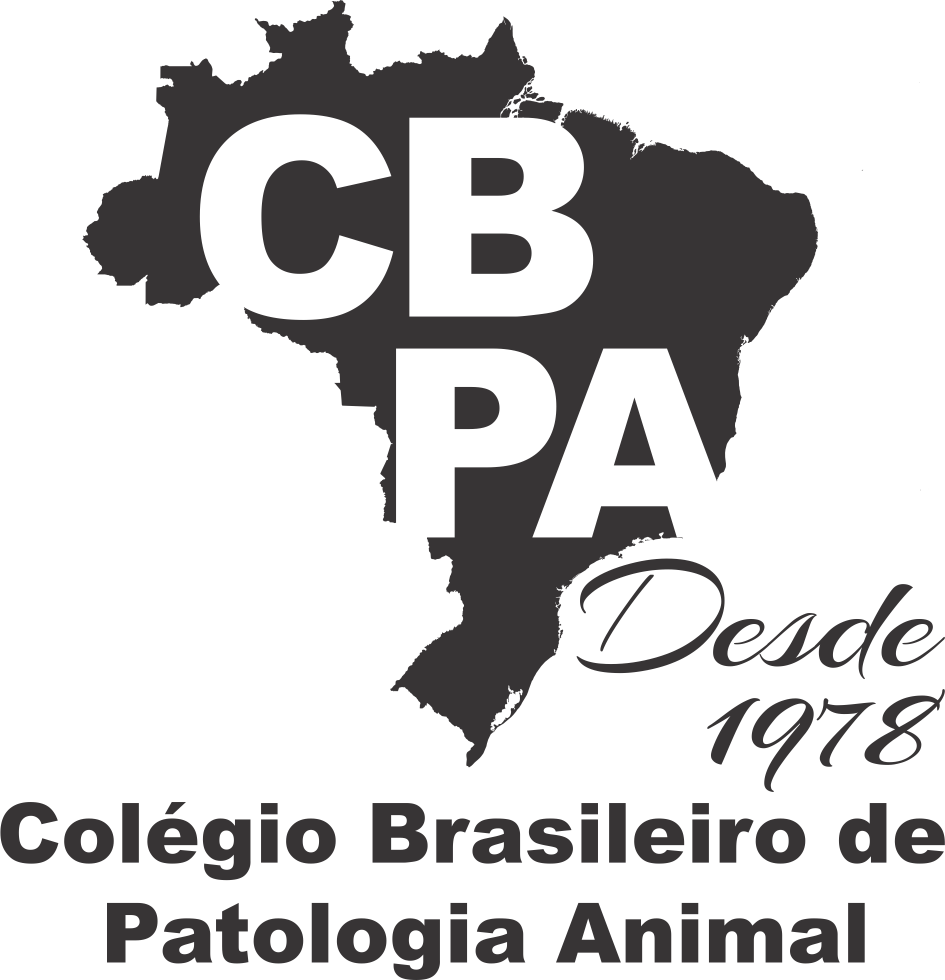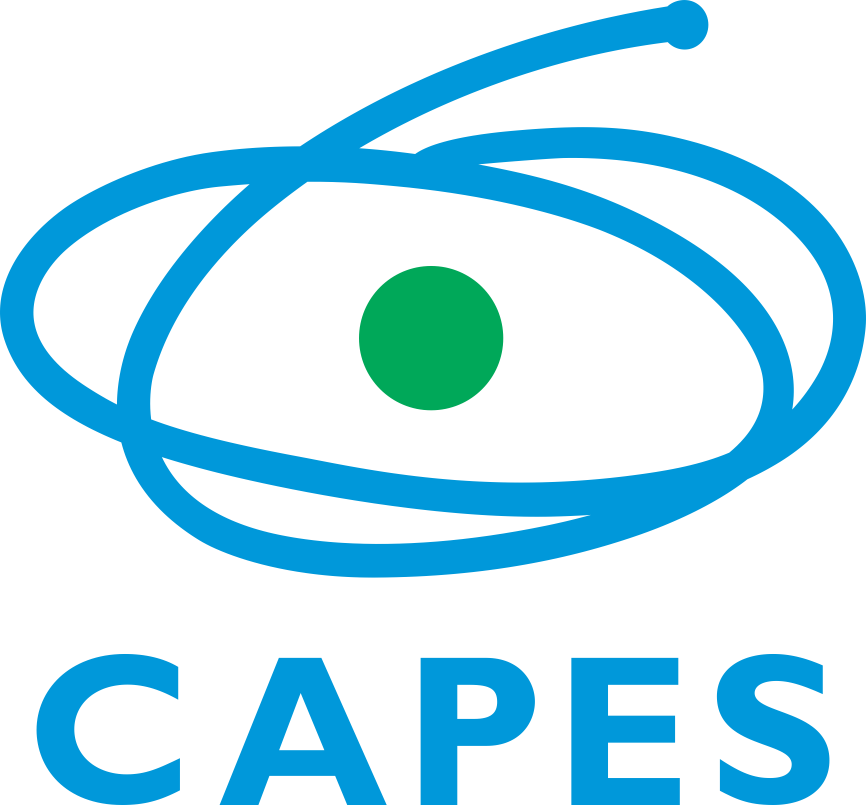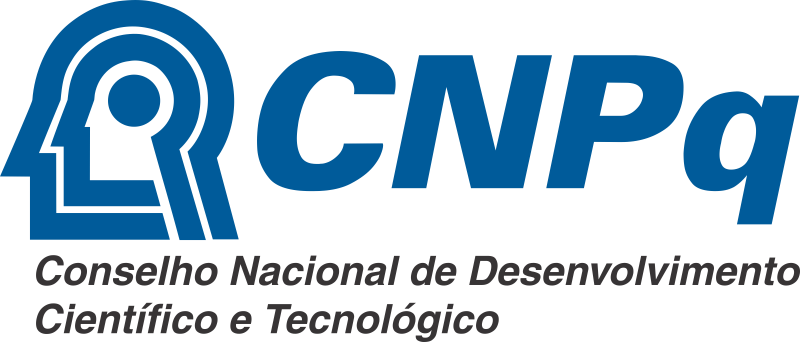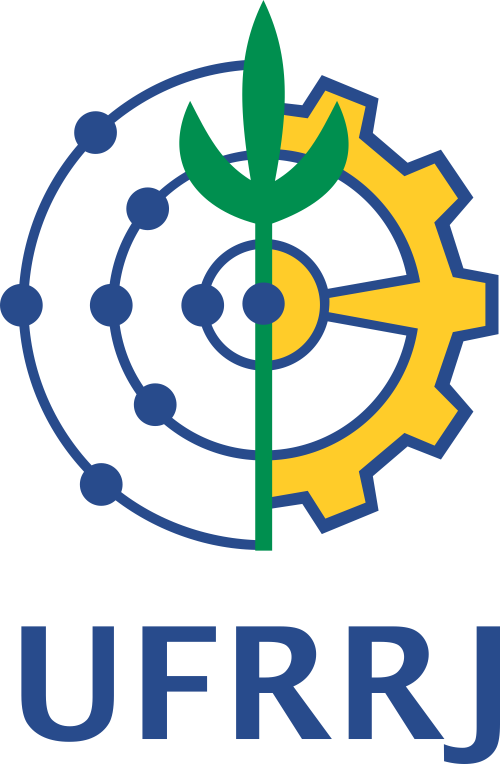Resultado da pesquisa (1)
Termo utilizado na pesquisa Garcia D.C.
#1 - Avaliação clínica de cães submetidos à parada circulatória total por diferentes períodos de tempo através da técnica de “Inflow Occlusion”, p.125-130
Abstract in English:
ABSTRACT.- Garcia D.C., Stopiglia A.J., Mingrone L.E. & Fantoni D.T. 2009. [Clinical evaluation of dogs submitted to circulatory arrest for different periods of time by “Inflow Occlusion”.] Avaliação clínica de cães submetidos à parada circulatória total por diferentes períodos de tempo através da técnica de “Inflow Occlusion”. Pesquisa Veterinária Brasileira 29(2):125-130. Departamento de Cirurgia, Faculdade de Medicina Veterinária e Zootecnia, Universidade de São Paulo, Av. Prof. Dr. Orlando Marques de Paiva 87, São Paulo, SP 05508-900, Brazil. E-mail: danielcgarcia@hotmail.com
“Inflow Occlusion” technique can be used in heart surgeries when heart is required to be opened just for few minutes, to allow quick repairs. However, circulatory arrest, event occasioned by this technique, may produce serious metabolic and neurological consequences to the patient. In this study, 12 mongrel dogs were used, divided into two groups, A and B, which were submitted to 7 and 8 minutes of total circulatory arrest, respectively, using “Inflow Occlusion” technique. Normothermia was tried during surgical procedures. Clinical and behavior evaluation were performed after surgery to both groups, and biochemical data were collected to compare pre and post-operatory moments. There were two transoperatory deaths in Group B. Transitory clinical problems were observed in group A until moment M7 (48 hours after surgery), and in Group B these problems were more intense and seen even after M7; and permanent blindness in one animal of Group B was present during all follow up period. Despite all alterations found during the study, it might be safe to use “Inflow Occlusion” technique for periods up to 7 minutes, however, it is contra-indicated for longer periods.
Abstract in Portuguese:
ABSTRACT.- Garcia D.C., Stopiglia A.J., Mingrone L.E. & Fantoni D.T. 2009. [Clinical evaluation of dogs submitted to circulatory arrest for different periods of time by “Inflow Occlusion”.] Avaliação clínica de cães submetidos à parada circulatória total por diferentes períodos de tempo através da técnica de “Inflow Occlusion”. Pesquisa Veterinária Brasileira 29(2):125-130. Departamento de Cirurgia, Faculdade de Medicina Veterinária e Zootecnia, Universidade de São Paulo, Av. Prof. Dr. Orlando Marques de Paiva 87, São Paulo, SP 05508-900, Brazil. E-mail: danielcgarcia@hotmail.com
“Inflow Occlusion” technique can be used in heart surgeries when heart is required to be opened just for few minutes, to allow quick repairs. However, circulatory arrest, event occasioned by this technique, may produce serious metabolic and neurological consequences to the patient. In this study, 12 mongrel dogs were used, divided into two groups, A and B, which were submitted to 7 and 8 minutes of total circulatory arrest, respectively, using “Inflow Occlusion” technique. Normothermia was tried during surgical procedures. Clinical and behavior evaluation were performed after surgery to both groups, and biochemical data were collected to compare pre and post-operatory moments. There were two transoperatory deaths in Group B. Transitory clinical problems were observed in group A until moment M7 (48 hours after surgery), and in Group B these problems were more intense and seen even after M7; and permanent blindness in one animal of Group B was present during all follow up period. Despite all alterations found during the study, it might be safe to use “Inflow Occlusion” technique for periods up to 7 minutes, however, it is contra-indicated for longer periods.








